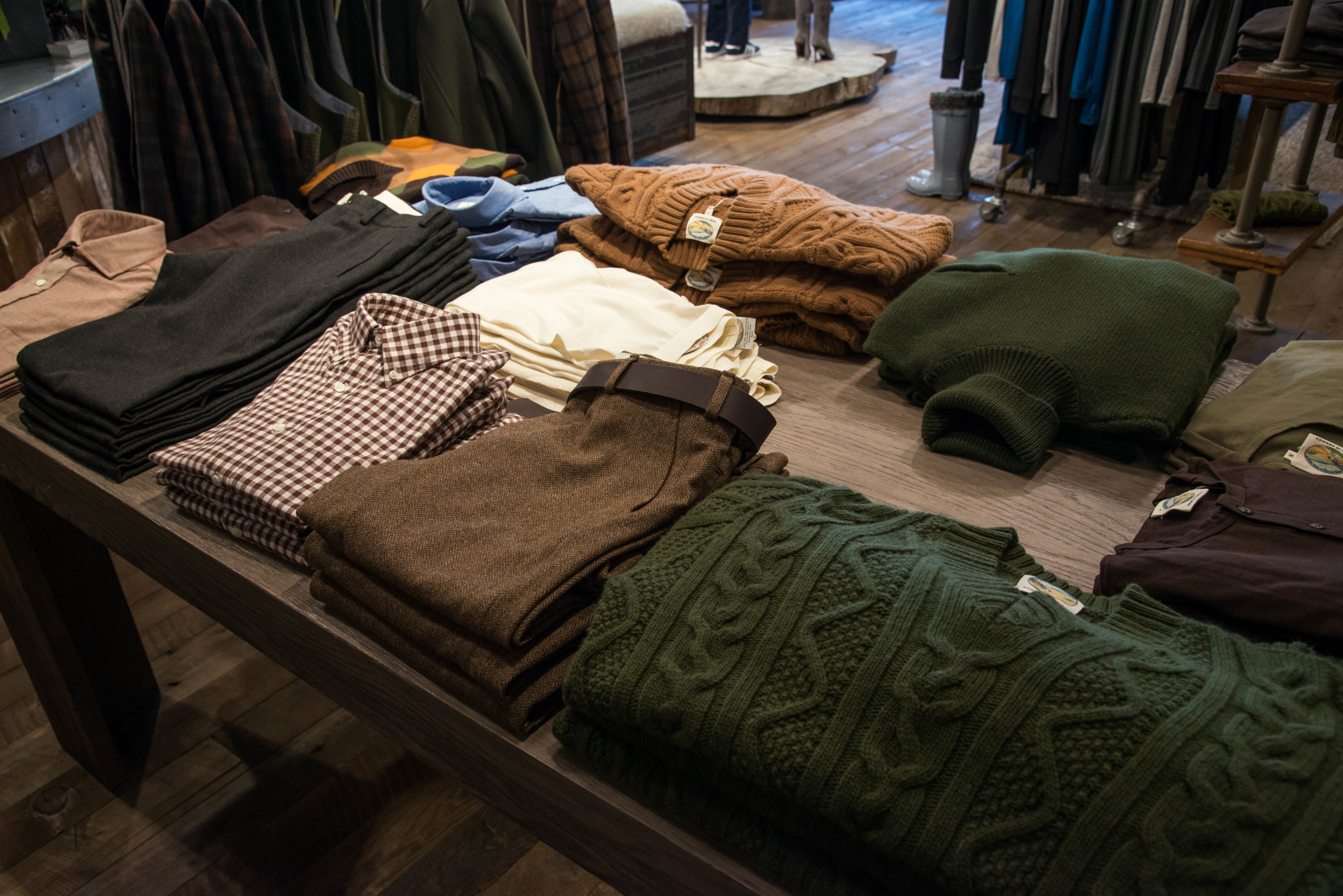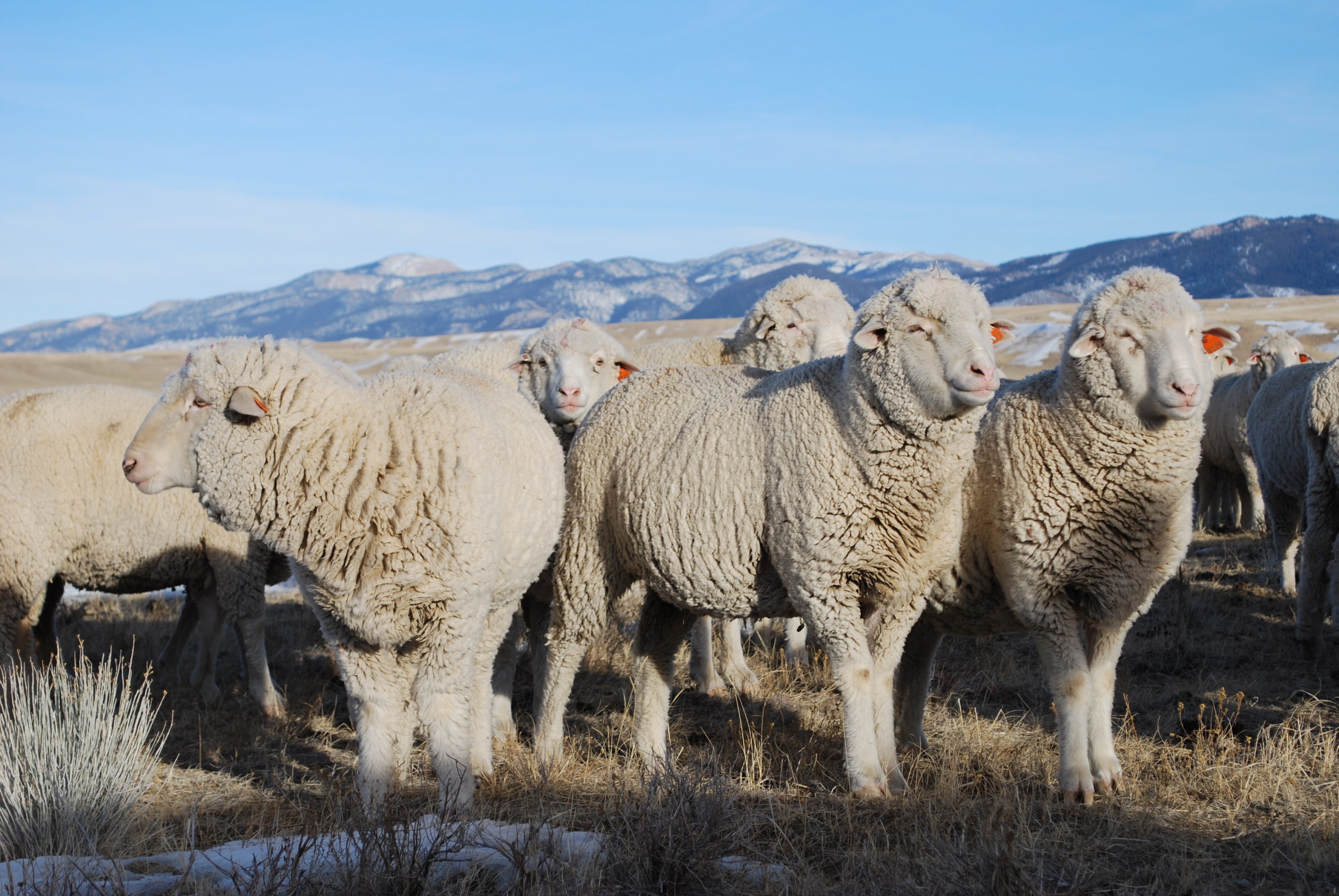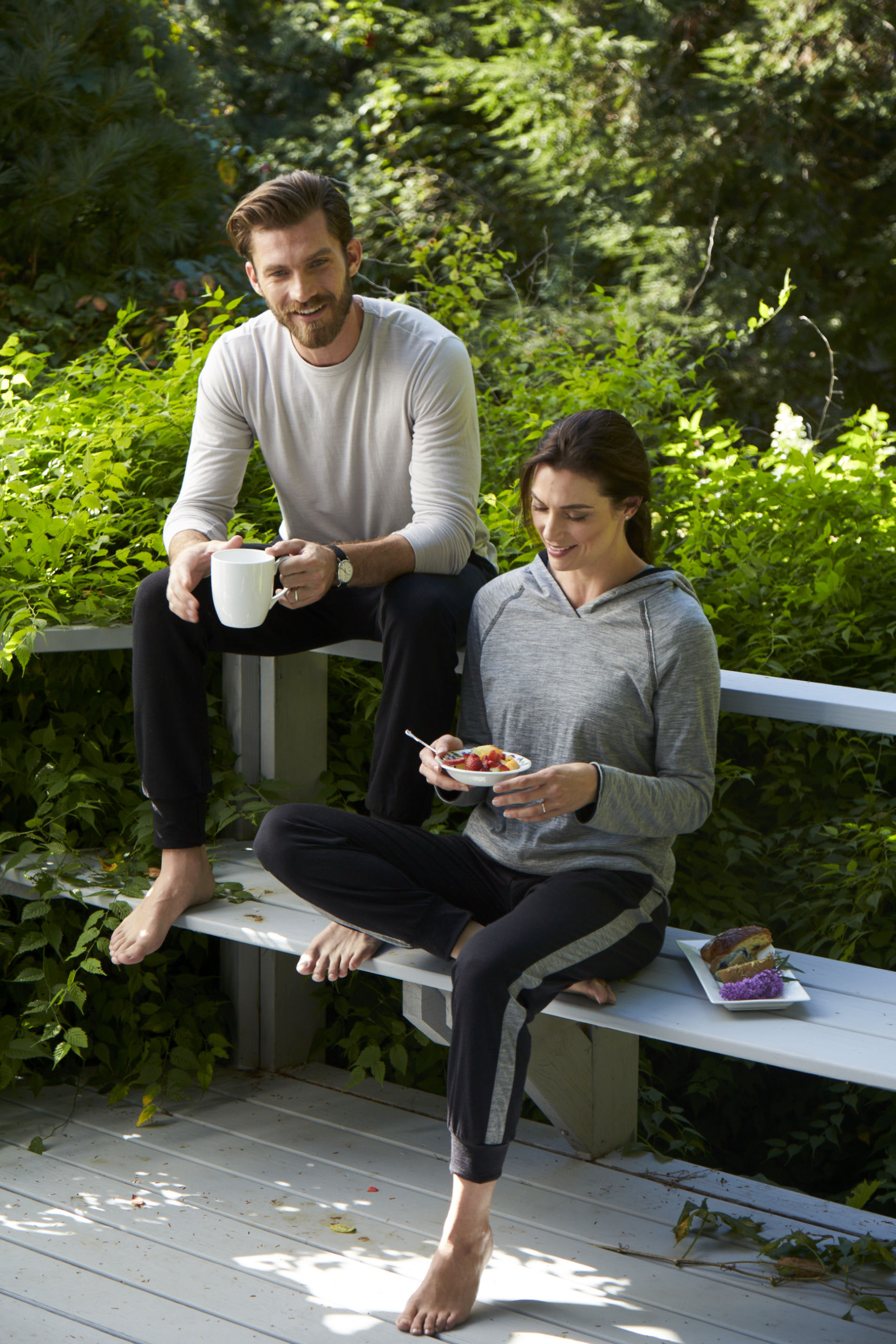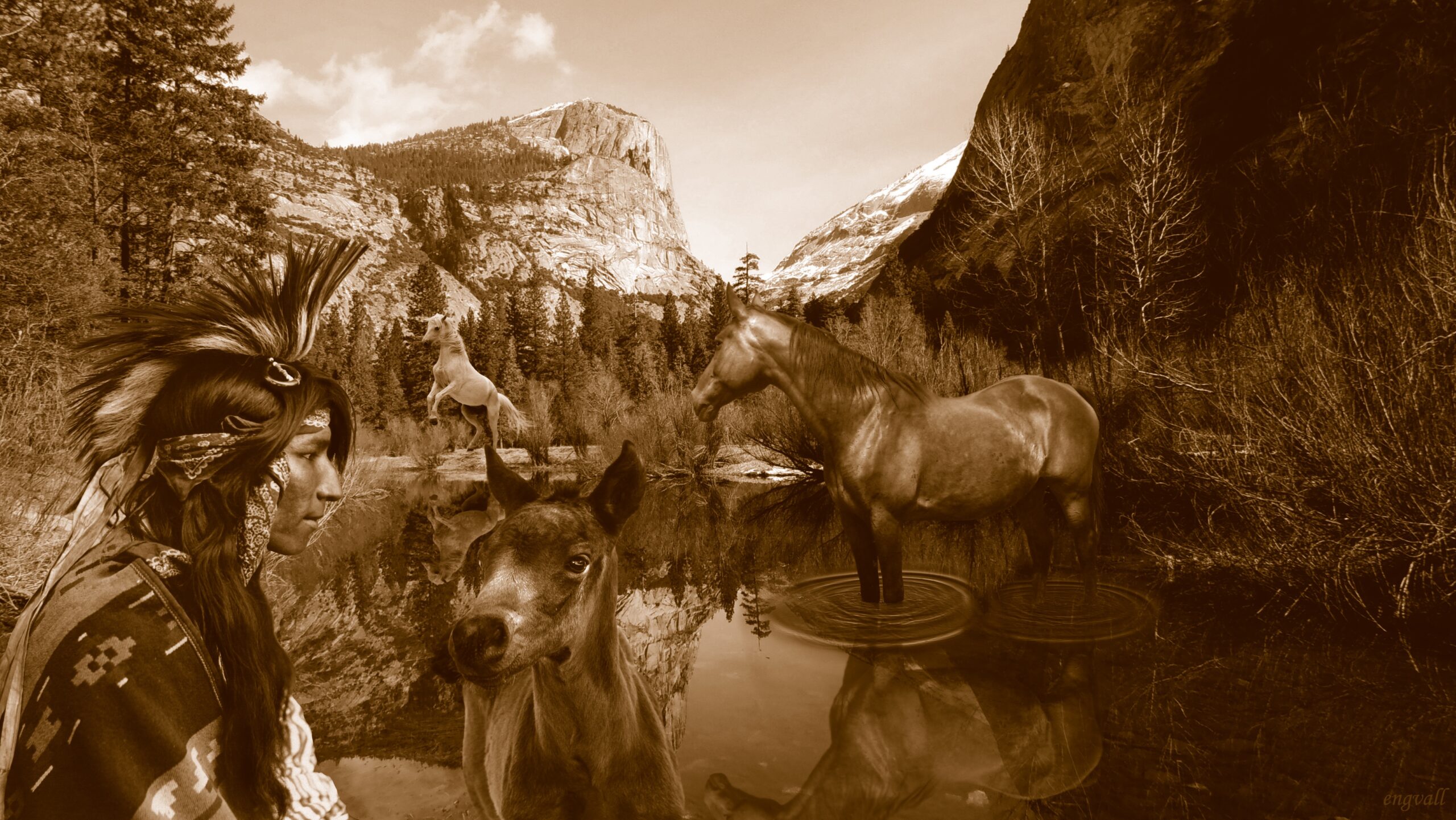Fashion has always been an area of great variety, experimentation, and change. With each passing year new tastes are formed, new trends are born, and new materials are used. One of the more recent trends in the industry has been the rise of Merino wool, which, unlike traditional wool, is very fine in nature, lending it a soft texture and feel. It’s also very good at managing moisture and leaving no odors as well. So it’s no surprise that companies like Adidas, Nike, and The North Face have all started to include the material in their products, making 2017 one of the most profitable years in recent history for wool producers.
Like some other clothing companies, Ramblers Way also uses Merino wool in its products (more specifically the Rambouillet variety). Unlike most other clothing companies though, the American apparel maker makes it a point of emphasis to be intimately connected to the communities it works in, producing and sourcing responsibly in the US as well as giving back financially and through volunteering. I reached out to founder Tom Chappell to learn more about the history of Ramblers Way, its ethos, and its connection to American communities.

In the photo: Ramblers Way store front, Portland, Maine Credit: Ramblers Way
Q. What was the origin story behind Ramblers Way?
The inspiration for Ramblers Way started in May 2008, when my son and I went on a two-week trek in Wales. I had just sold Tom’s of Maine, a company my family and I built over 40 years, to Colgate-Palmolive. On the trails during those two weeks, I very quickly realized how my so-called “performance gear” was vastly underperforming. The synthetic tops developed an odor that would not wash out. The wool I had was scratchy and bulky. It dawned on me that I needed something that would dry quickly, wick moisture from my body, and be warm so that I didn’t freeze when temperatures dropped. When I got back to Maine I set off to create the perfect next-to-skin shirt inspired wool.
As the Ramblers Way concept evolved, we took this initial inspiration from the performance gear niche and turned it into a more fashionable lifestyle wear company. Today, we offer a variety of premium clothing suited for daily use, whether for home, office, or travel.
Also, as a serial entrepreneur dedicated to responsible business, I saw an opportunity to continue my quest for doing good while making money. The apparel industry is one of the most polluting industries in the world, and has serious global human rights challenges. With Ramblers Way my goal is to change all that, I want to create sustainable clothing that’s responsibly sourced and skillfully crafted in America.

In the photo: Inside the store of Ramblers Way Credit: Ramblers Way
Q. What kinds of messages do you want Ramblers Way to stand for?
At its core, Ramblers Way combines style and impeccable craftsmanship. Our commitment to quality, from the materials we use to the skills of our seamstresses to the personal inspection of every yard of fabric we produce ensures we’re making clothes that our customers can keep for years to come.
A high standard of ethics in every aspect of our business is also at the core of our ethos. From how the sheep are cared for, to how the clothing is produced, to how we operate the organization, we depend on a set of lifelong values and a deep respect for the natural world. We strive to respect everyone, and everything we interact with in our supply chain, from responsibly sourcing Rambouillet Merino, Merino wool and Pima cotton, to working with local artisans and stitchers to create high quality clothing.
When possible, we source our Rambouillet Merino wool from ethical ranchers in Montana, Colorado, Wyoming, Nevada and Texas. However, due to a limited supply we also source fabrics from outside the US. Whenever possible we get wool that is certified to the world-leading Global Organic Textile Standard (GOTS), like that used in our best-selling Women’s Organic Wool Bella Blouse.
GOTS is a rigorous standard that uses independent bodies to verify compliance at each step of the supply chain and production, from the moment wool is purchased in South America to when it becomes a garment at one of our factories in the US. We obtained GOTS certification as a company and for a select number of items in December 2016. We’ll continue to add clothing certified to GOTS in upcoming collections. Additionally, we are currently in the process of obtaining Cradle-to-Cradle certification for select Ramblers Way garments.
In short, Ramblers Way clothing is a new way to think about style. It’s high quality clothing that is about consuming less and stewarding more, which means it lasts longer and you buy less.

In the photo: The sheep that provide Ramblers Way with the all important Rambouillet wool Credit: Ramblers Way
Q. One of the most prominent aspects of Ramblers Way is the use of Merino wool in many of its products. Why decide to focus on that material in particular?
Well, sustainability and performance are key, but I’d like to clarify something about our Merino wool. We use superfine Rambouillet Merino wool, which comes from the Rambouillet sheep, an American cousin of the Merino breed. Its coat grows long naturally, providing what is referred to as “long-staple fibers” for weaving or knitting into cloth. We take these fibers and spin them parallel to each other to create a worsted yarn. The result is a clean, smooth, and tightly knit yarn, free of the usual fiber ends that make typical woolen yarn itchy.
Wool’s unique properties give it unparalleled performance. It’s moisture-wicking, so sweat is transported away from your skin to keep you dry, it’s odor resistant so bacteria and odors don’t build up, allowing you to wash it less frequently. And it’s breathable, giving you second-skin comfort. Wool is also a renewable and recyclable natural fiber so we can feel good about using it.

In the photo: Ramblers Way relaxed wear for him and her Credit: Ramblers Way
Q. On your website you tout Ramblers Way’s connection with local communities in the US, how has the company affected those communities?
From being a family business to striving to work with local manufacturers, a sense of community is at the core of our ethos. When we began we had an all-American supply chain: ethical ranchers in Montana, Wyoming, Colorado and Nevada; spinning and dyeing in the Carolinas; and small factories close to our home in New England. Since there is no organic wool supply in the US, we made the decision to expand our sourcing to South America. This approach gives us access to a reliable global supply of the organic Merino wool needed to create our soft, ultra lightweight clothing. We still keep manufacturing local though. In fact, in our newest store in Portland, Maine, we moved our manufacturing right into the store! You can visit and watch stitchers creating Ramblers Way clothing in person.
On a local level we’re always focused on giving back. At Ramblers Way, doing good is as important as making a profit, which is why 10% of profits and 5% of employee work time are allocated to local environmental conservation, social services, arts, and education organizations working to make Maine a better, more sustainable place to live.
Q. What does the future of Ramblers Way look like in your eyes?
In the short term we are focused on retail expansion in New England. Currently we have two stores in Maine, in Portland and Kennebunk, and two stores in New Hampshire, in Hanover and Portsmouth. We are currently scouting prospects in Greenwich, Connecticut and Cambridge, Massachusetts. Additionally, we are also exploring opportunities for creative retail experiences like a pop up retail space in Soho, NYC this coming fall.
In the long term, I see Ramblers Way becoming one of the great made-in-America brands.
Editor’s Note: The opinions expressed here by Impakter.com columnists are their own, not those of Impakter.com
Feature Image: Tom Chappell, Founder of Ramblers Way, with his wife Kate














